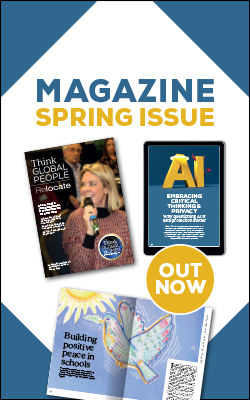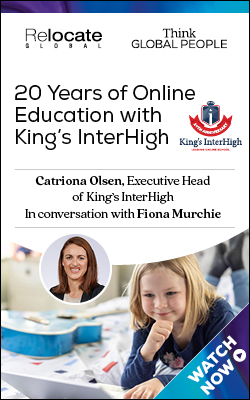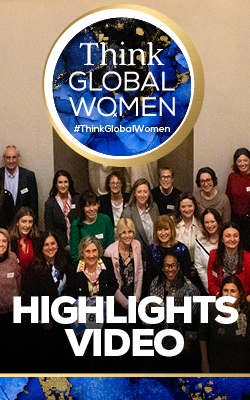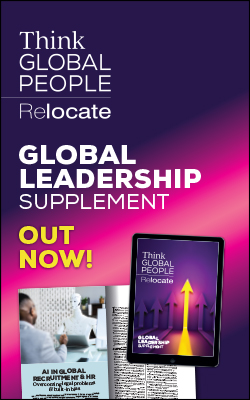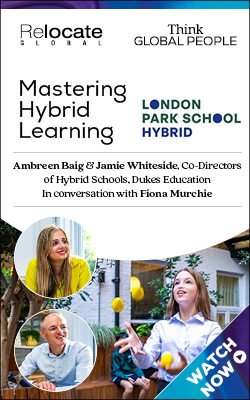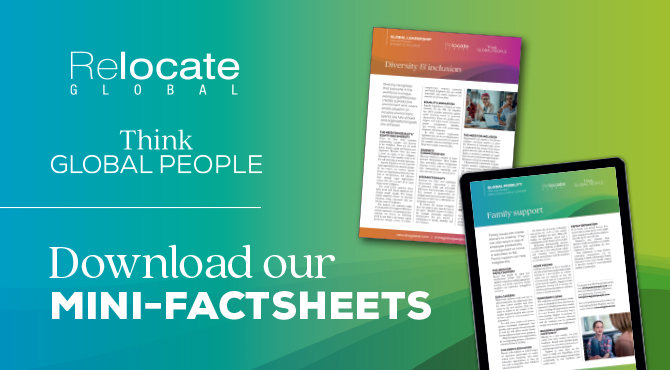Talent selection and development as levers for organisational change
In today’s rapidly changing business world, leaders need to be sure that their organisations can be readily mobilised in support of change initiatives. Dr Sue Shortland reviews the role of talent selection and learning and development in facilitating change management.

This article is taken from the Spring 2025 issue of
Think Global People magazine
View your copy of the Spring 2025 issue of Think Global People magazine.Competition is intensifying driven by globalisation and advancing technology. These factors create increasing demands for goods and services to be competitive both with respect to higher quality and lower cost. And, with incoming Trump administration, new international trade tariffs are likely to further increase the pressure on businesses to be competitive. It will become more important than ever for employing organisations to “do more with less”.
Talent selection implications
Traditional approaches to recruitment and selection, with their narrow focus on immediate job demands, represent the antithesis of what will be required when strategic priorities are changing and the future is uncertain.Businesses will need to review who they recruit. They will need to consider whether future talent will come from the internal or external labour market. There will also need to be consideration given to the balance between job specific competencies compared with aptitude and potential for the flexibility required as job demands change. Employers must also consider the fit between how people are employed (full-time, part-time, on-site, remote work, annual hours, compressed hours, fixed-term contracts and so on).The talent selection process must reflect the requirements of organisational change. Hence, it will likely need to be reviewed and potentially changed such that selection criteria reflect new strategic priorities, norms and values. This may require a focus on a different candidate pool from that traditionally used and selection mechanisms and processes being revised.Selection criteria must reflect the new norms and values that the organisation desires its employees to embrace. Focusing on a different pool of potential candidates may involve, for example, recruiting new graduates with leading-edge technical skills (as opposed, perhaps, to prioritising relevant work experience). It may also involve focusing on external candidates, particularly at more senior levels to bring in new ideas. Of course, this has serious ramifications for succession and career planning, learning and development initiatives, and the career expectations of the current workforce and any change in approach should be thought through and communicated carefully.Changing the selection mechanisms might involve, for example, introducing psychometric or aptitude testing in addition to the traditional interview and referencing approach. Restructuring might involve existing staff having to reapply for different roles within the organisation to ensure that those who remain can deliver the required skills and behaviours. As well as changing the profile of the workforce, these examples also send powerful messages to existing staff about changing organisational expectations.Read related articles
- How to achieve true equality in the workplace
- How to tackle resistance to cultural change in the workplace
- The global mobility function: well-being, talent and inclusion implications
Learning and development implications
Learning and development is crucial to organisational efficiency and talent effectiveness. It also acts to support employees through personal change transitions where their self-esteem and confidence can suffer as a result of being required to work in new ways or having to gain new skills.Learning and development also acts as a powerful lever for organisational change. It can be used to signal the new skills and abilities valued by the organisation.It is critical to develop new skills and competencies within management and the workforce when organisations are trying to shift strategic focus in a new direction. Learning and development not only forms the underpinning for upskilling but also drives the talent management agenda through the facilitation of internal career ladders when organisations are aiming to preserve their organisation culture.Linkages between talent selection and development
For changes in the talent selection and development process to be successful in supporting organisational change, three forms of linkage are required: temporal, vertical and horizontal.Temporal linkages are needed to ensure that the talent selection and development policies and practices change over time as the business strategy evolves. Vertical linkages ensure the selection and development policies and processes are congruent with and reflective of the business strategy. Horizontal linkages ensure that these human resource policies and processes are congruent with each other. In other words, the means by which talent is selected, for example, bears resemblance to the criteria by which they are developed and their performance is assessed.
Find out more about the Think Global People and Think Women community and events.


Subscribe to Relocate Extra, our monthly newsletter, to get all the latest international assignments and global mobility news.Relocate’s new Global Mobility Toolkit provides free information, practical advice and support for HR, global mobility managers and global teams operating overseas.
©2025 Re:locate magazine, published by Profile Locations, Spray Hill, Hastings Road, Lamberhurst, Kent TN3 8JB. All rights reserved. This publication (or any part thereof) may not be reproduced in any form without the prior written permission of Profile Locations. Profile Locations accepts no liability for the accuracy of the contents or any opinions expressed herein.











